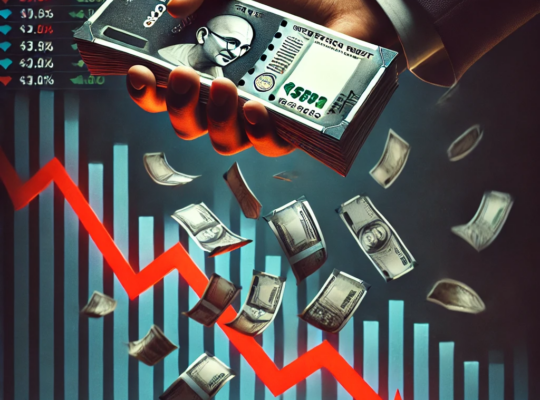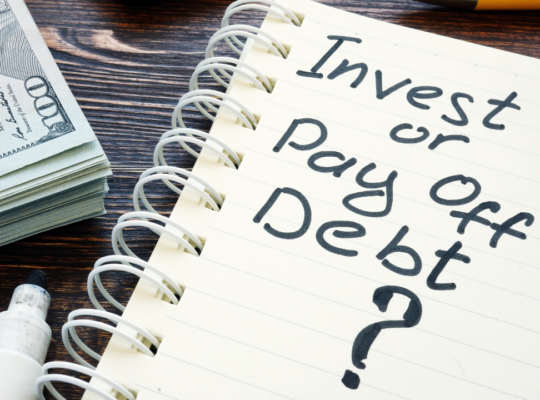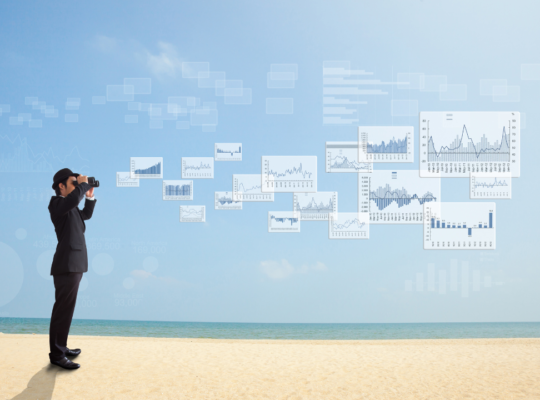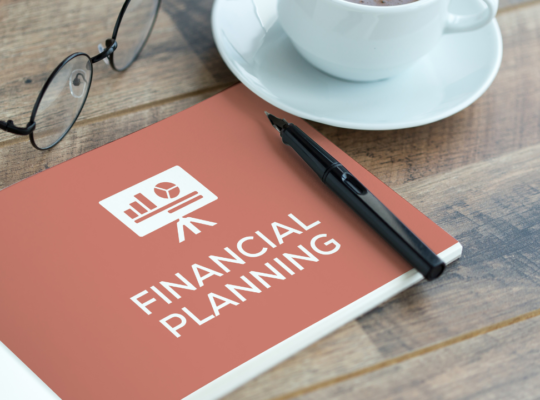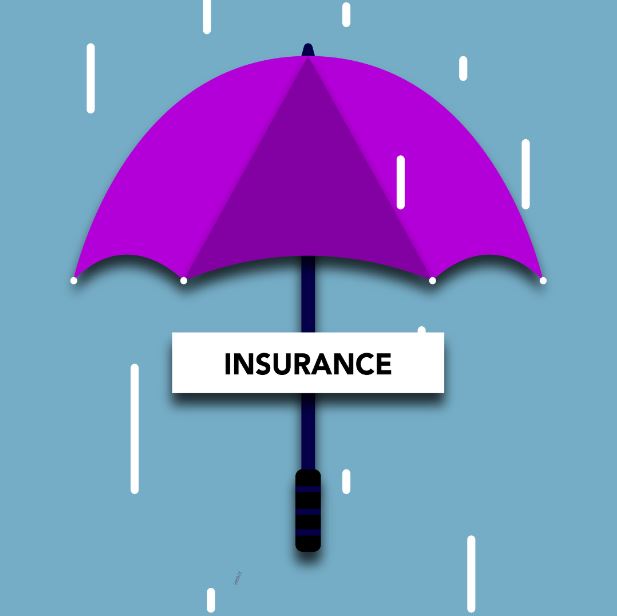
We are all aware of the proverb “Prevention is better than cure”. So, the practical applicability of this proverb in our personal life, that too, the applicability of this in our personal finance comes when we secure ourselves and our high-ticket purchases from any loss or damages.
For the majority of us, buying a home is seen as a significant success in our lives, and many consider it a smart investment. We all do our best to protect it and its contents.
In a similar way, a car is another major purchase in one’s life. It is critical to make sure that all risks are covered by your car insurance policy. Now, whether driving or staying at home, the risk of getting involved in an accident remains. You may ask how? I can tell you a simple example which you can relate to. You could have seen or yourself experienced a coconut tree branch or a dry coconut falling on your car’s wind shield or on the roof of your car, thereby damaging your car, even while it is parked.
A personal accident insurance policy is meant to provide protection against death, permanent whole or partial disability. The insurance company provides the insured or their family for the amount of coverage promised.
In this blog-post, let us examine some of the important aspects of these three policies.
Home Insurance:
A better option to cover the significant costs or damages that arise from any unfortunate incident involving the home’s property is to purchase a home insurance. Home insurance is necessary since it offers financial security against unforeseen circumstances that might harm your house, such as theft, natural disasters, and fires, among other mishaps. Furthermore, liability protection is covered by home insurance in the event that someone is hurt or injured on your property while the mishap was happening.
In addition to protecting your house from unforeseen circumstances, home insurance also protects your valuable personal belongings. This includes things in the house, including clothes, furniture, electronics, jewelry, computer, etc.
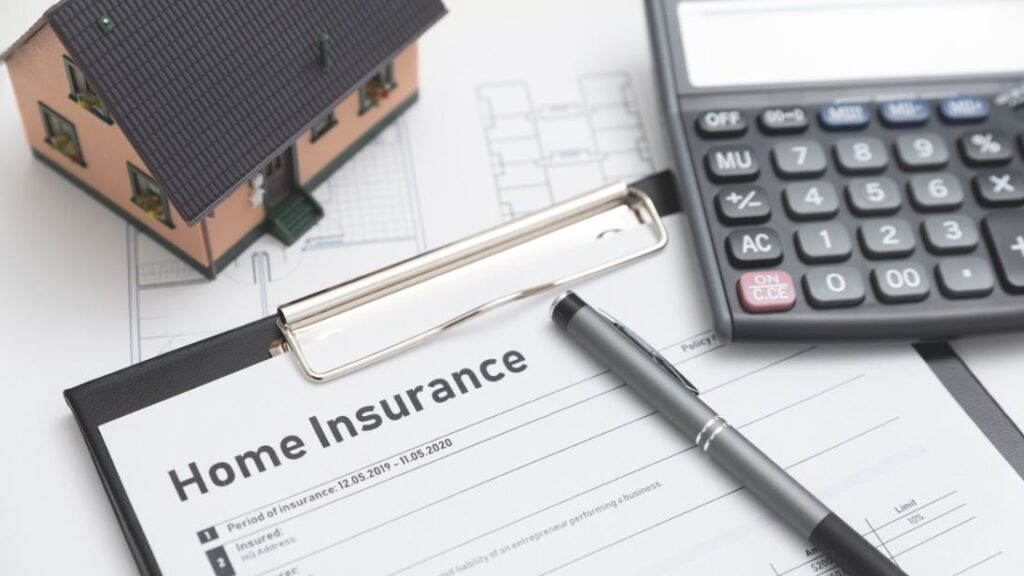
The insurance provider will cover your losses if any of the pricey consumer durables or household goods you have purchased over time are stolen or destroyed. When compared to the value and cost of the building and its contents, including household and electronic devices, the insurance premium is around 1%. The insurance offers you two choices: coverage against the reinstatement value or coverage against the market value. (For further clarity, Reinstatement value is nothing but the cost of reconstructing or restoring the house property or asset for the damage, without subtracting anything for wear and tear or depreciation.)
There are two options available to you when purchasing home insurance. Choosing a stand-alone fire insurance policy (FIP) is one option. It shields your home’s structure from fire and related hazards like lightning, storms, floods, riots, and earthquakes. The policy is renewed annually (you can also choose to pay the premiums in one single sum for a long-term coverage of the building). However, for a more comprehensive coverage, choose the Householder Package Policy, which insures the building and its belongings against burglary, mechanical or electrical failure, and fire, among other hazards. Additionally, this policy provides coverage for personal accidents, compensation for workers (which protects you in the event that your domestic helper or your maid is hurt), luggage loss, etc.
Car Insurance:
Next comes the insurance for your car. After our house, the major expense item in our list generally is a car. After we purchase a car, safeguarding it with insurance becomes a top priority.
Liability-only plans and package policies are the two types of auto insurance. Third-party liability for property damage, death, and bodily injury is covered under a liability-only policy. We call it in colloquial terms as ‘Third-party insurance’. The coverage for the owner-driver is also included in the personal accident insurance. It guards against any legal responsibility resulting from the usage of the vehicle to third parties for property damage or physical harm or death. In contrast, a package policy includes all of the coverages provided by a liability-only policy plus additional coverage for loss or damage to the insured vehicle as well. We call this in colloquial terms as ‘Own-Damage’ insurance.
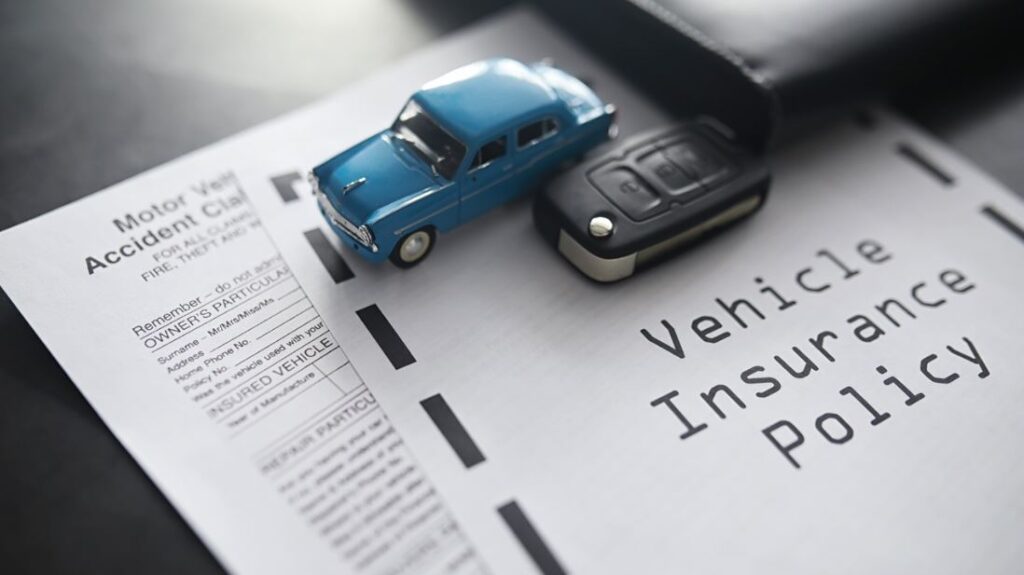
Any loss or damage to the car or its accessories brought on by fire, explosion, self-ignition, or unintentional external damage is covered by any auto insurance policy, whether it is a liability-only or package coverage. Damages resulting from natural disasters such as lightning, earthquakes, floods, inundations, cyclones, landslides, etc., as well as loss or damage from theft, riots, strikes, malicious acts, and terrorist activities, are also covered by the policy.
The amount covered by a car’s insurance policy is known as the insured’s declared value (IDV). For the purposes of the policy, which is set at the beginning of each policy term for the covered vehicle, the IDV of the vehicle will be considered the “Sum Insured.” In the event of theft or irreparable damage from an accident, the IDV serves as the foundation for any compensation.
The manufacturer’s stated selling price for the vehicle’s brand and model is often used to calculate the IDV. The cost specified by the vehicle’s manufacturer at the time the policy was issued or when it was renewed is taken into account for this. According to a schedule, the IDV price is modified in accordance with the vehicle’s depreciation over time. When an automobile is more than five years old or an outdated model, the insurance provider and the car owner decide on the IDV value. For the purposes of Total Loss (TL) or Constructive Total Loss (CTL) claims, IDV will be considered the “Market Value” for the duration of the policy, without any further depreciation. The insured vehicle will be classified as a CTL if the total cost of retrieval and/or repair exceeds 75% of the vehicle’s IDV, in accordance with the terms and conditions of the Policy.
You receive a 20% bonus on your own damage insurance policy premium in the first year for a claim-free year; this can go up to 50% in the fifth year. It’s best to refrain from submitting claims for really tiny sums in order to guarantee that you qualify for this incentive. This is due to the chance that the claimed amount may be less than the no-claim bonus that will be granted the following year. Additionally, always remember to transfer the no-claim benefit from an old car to a new one when purchasing insurance for a new vehicle in order to lower your premium. Since many salespeople don’t tell you this, you should definitely ask them to transfer the no-claim bonus to the new car while taking the insurance.
Personal Accident Cover:
This is one of the most important insurance policies that a person has to obtain in order to protect his personal finances. Because it offers financial security in the case of unanticipated accidents or injuries, personal accident insurance is essential. Without personal accident insurance, Accidents or fatal injuries may make people would have to pay high medical costs out of their pocket, lose their job due to disability, and without a personal accident insurance, it might negatively affect their financial security and general well-being. Furthermore, benefits like accidental death and disability coverage are frequently included in personal accident insurance, giving people and their loved ones even more peace of mind.

We also need to keep in our mind that only accidental death claims are covered by personal accident coverage. The risk of an accident resulting in a temporary or permanent disability is higher because of the potential for significant financial loss from both job loss and medical bills. Accidental insurance coverage also cover minor injuries like fractures and dislocations in addition to big events. Among other perks, it covers hospital fees, ambulance charges, etc.
In India, there are two main options for insurance to cover the risk of accidents. First, general insurance companies provide standalone personal accident insurance policies (PAIPs). Secondly, your life insurance policy might include an accident rider. The definition of these policies state that bodily injuries brought on by violent, external, and visible accidents are covered by this insurance coverage. It shields you against the following four possible results of an accident: temporary total disability, permanent partial disability, permanent total disability, and death. Even if you can choose to cover one, two, or three of the four, you should choose complete coverage for all four when selecting a PAIP.
It should be noted that, depending on the degree of impairment, only a portion of the sum covered is paid to the insured in cases of partial accidental disability. Additionally, if the accident causes a temporary or partial accidental disability, your accident insurance coverage is renewable for future periods as well.
To conclude,
Giving you financial security in the event of unforeseen losses is insurance’s main purpose. In India, insurance is a need that is often disregarded, but awareness is slowly rising these days. Those who get insurance avoid severe financial difficulties in the event of unforeseen circumstances. It’s similar to having a financial contingency plan that guarantees you that you can recover from difficult circumstances.

